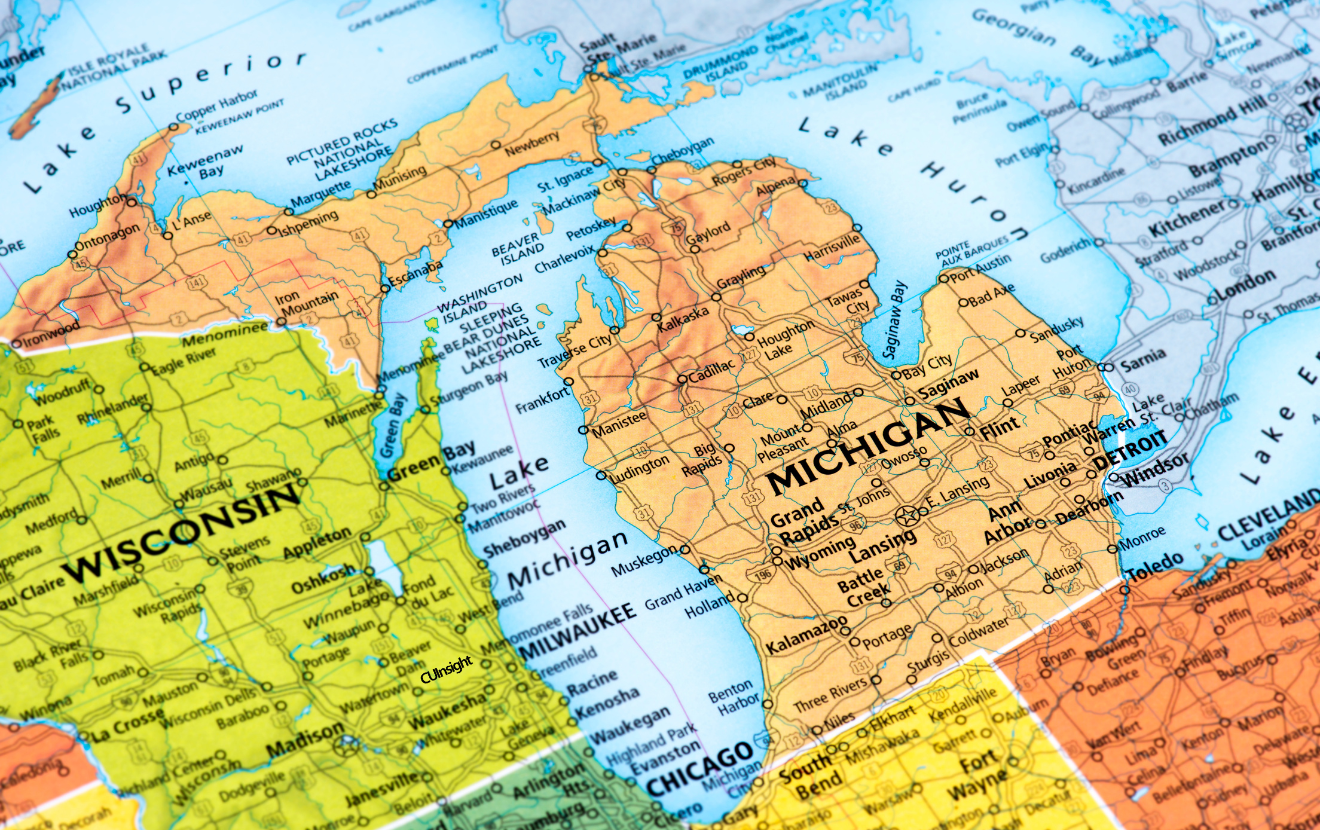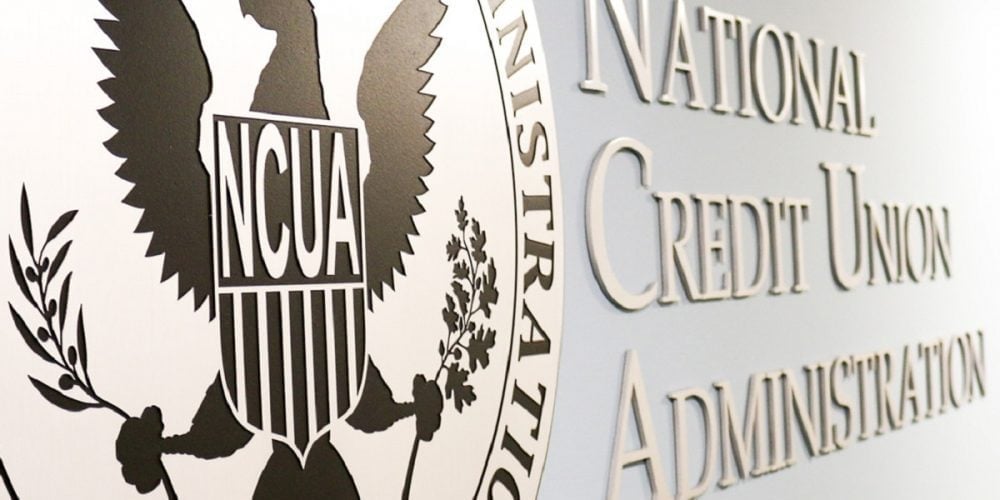No, it’s not the answer to the question, “What’s my routing number?” In fact, it’s not a frequently asked question at all. It’s a question people ask silently and you’ve probably never received an inquiry about it.
When it comes to financial products and services, consumers have lots of options. Personally, I use at least 12 different companies for my financial needs. Some I use for convenience, others for a great rate, and still others for specific functionality. Here they are:
- Evansville Teachers FCU (ETFCU)
I became a member of ETFCU because their Vertical Checking account offers 3% APY on balances up to $20,000, which is one of the best savings rates I could find anywhere. Sadly, it’s been really hard to transfer money into the checking account, so I haven’t got much use out of it yet.
- Venmo
Venmo is one of the easiest ways to transfer money to peers. I use it occasionally.
- PayPal
PayPal is one of the easiest ways to pay for things online and I use it frequently.
- Wells Fargo
I’ve had accounts with Wells Fargo since I was 18 years old. When I left home for college, I asked my dad where I should open a bank account and he told me to go to Wells Fargo. So I did, and I’ve had accounts there ever since. Their rates are terrible, but they have pretty good digital services, especially with their recent design upgrades. Also, I appreciate that they call me if a suspicious transaction shows up on my account and I usually get good service when I call in for help.
- Canadian Imperial Bank of Commerce (CIBC)
I opened a savings account with CIBC because they offer the best rate I could find for a standard savings account. Sadly, I’ve run into the same issue with CIBC as I have with ETFCU: it’s been really hard to transfer funds into the account, so I haven’t got much use out of it yet.
- Vanguard
I opened a Roth IRA with Vanguard because a college professor recommended Vanguard years ago. I actually don’t like Vanguard very much because their online money management software isn’t intuitive and it’s hard to use, but my money is already there and I haven’t wanted to deal with moving it.
- Geico
My wife and I buy car insurance from Geico because “15 minutes could save you 15% or more on car insurance.” (Oh, and because they have cavemen and a talking gecko.)
- Albert
Albert is an app that helps me track my income and expenses. It’s like Mint, but I find Albert more useful because it’s simpler. I don’t use this app as often as I should, but even without active use it automatically saves money for me, which is cool. It takes small amounts of money from my checking account here and there and stashes it away into an “Albert Savings” account that pays a 1% “bonus” on my balance.
- Chase
Initially, my wife and I used a credit card from Chase for most purchases because we got 1% cash back. Then, cards with 1.5% cash back started coming out, so we got one of those from Wells Fargo. But we still use our Chase card on Amazon because we get 5% back on all Amazon purchases.
- TurboTax
I hate taxes, but love TurboTax. Filling out tax forms is daunting, but TurboTax makes it easy because they baby-step me through the whole process.
- Coinbase
I own a modest amount of Bitcoin, which I bought through and store on Coinbase.
- Apple Pay
I love Apple Pay and use it whenever I can. There is nothing easier than using my thumbprint to pay for a Jimmy John’s sandwich.
With so many options, the question is, “Why should I bank with you?”
I talk with a lot of credit unions about website design and this is one of the first questions I ask. Unfortunately, many credit unions don’t have a compelling answer. Yet, the answer to this question is the most important thing to emphasize in a credit union website design.
How to Develop an Answer
In his bestseller “The Innovator’s Dilemma,” renowned Harvard professor Clayton Christensen postulates that people buy products based on the criteria of functionality, reliability, convenience, and price. (Note: He also says that buyers care most about functionality, more about reliability than convenience, and more about convenience than price.) If you look again at the products and services I’m using, you’ll see that each one satisfies at least one of Christensen’s four criteria. Examples:
- I’m using Coinbase for its functionality because they deal in Bitcoin, unlike most financial institutions.
- I’m using Wells Fargo because I’ve found them to be reliable.
- I’m using Venmo because it’s very convenient.
- I’m using ETFCU because their rate is awesome (price).

DAVOS/SWITZERLAND, 23JAN13 - Clayton Christensen, Professor of Business Administration, Harvard Graduate School of Business Administration, USA concentrates during the televised session 'Leading through Adversity - Improving Decision-Making' at the Annual Meeting 2013 of the World Economic Forum in Davos, Switzerland, January 23, 2013.
Copyright by World Economic Forum
swiss-image.ch/Photo Remy Steinegger
Clayton Christensen at the World Economic Forum in Switzerland in 2013
When thinking about the competitive advantage of your credit union, Christensen’s theory can be a helpful model. Consider the following questions in terms of functionality, reliability, convenience, and price.
What are you the best in the world at?
Why should I bank with you as opposed to any other financial institution?
How would I benefit from banking with you?
These are tough questions, but if you can develop sound answers then you’ll have a powerful message and brand strategy. But then comes an even harder part: actually executing on that strategy. Aligning an entire organization behind a single vision might feel like passing an act of congress, but the results will be worth it.
A Word of Caution
Some organizations are built around a single product or service (e.g., Venmo), but credit unions are built to be full-service financial institutions, not one-hit wonders. That means success won’t come from just one compelling product—such as one great rate on one product. Rather, your entire brand and all your products and services need to revolve around your competitive advantages.
Great Examples of Brand Focus
A great example of brand focus is NW Preferred FCU. Their entire organization revolves around helping insurance agents grow their businesses, and that message is front-and-center on their credit union website design. They offer a functional advantage because their loan products are specific to insurance agencies.

The homepage of NW Preferred’s credit union website design
Another great example is Stephen Hawking, which is why he’s on the cover of this article. ALS ravaged his body, but he focused on his strengths, and despite his physical handicap he excelled at physics and received world renown. Similarly, your credit union doesn’t have to be great at everything, just something.
Get Started
So, why should I bank with you? Answer the questions above and you’ll be on your way to a captivating brand message. And if you’re thinking about getting a new website, answer the questions in this Strategy Guide and apply what you learn to your new credit union website design.
As I said above, these are tough questions to answer, but they can transform your credit union and how you communicate with consumers.







